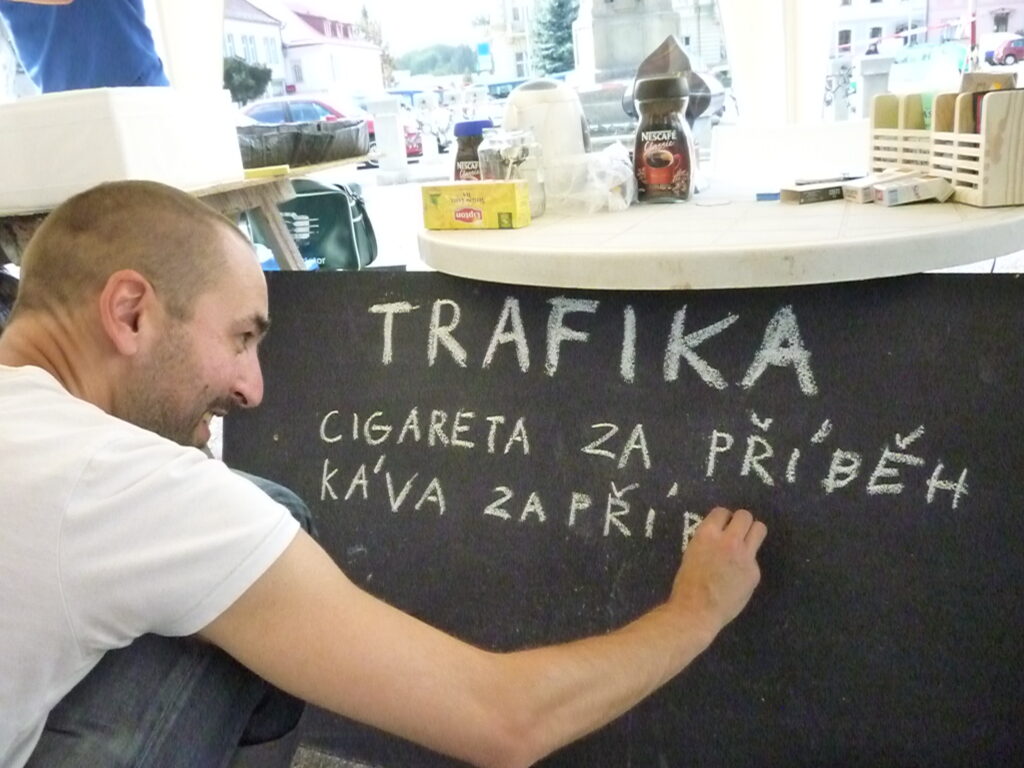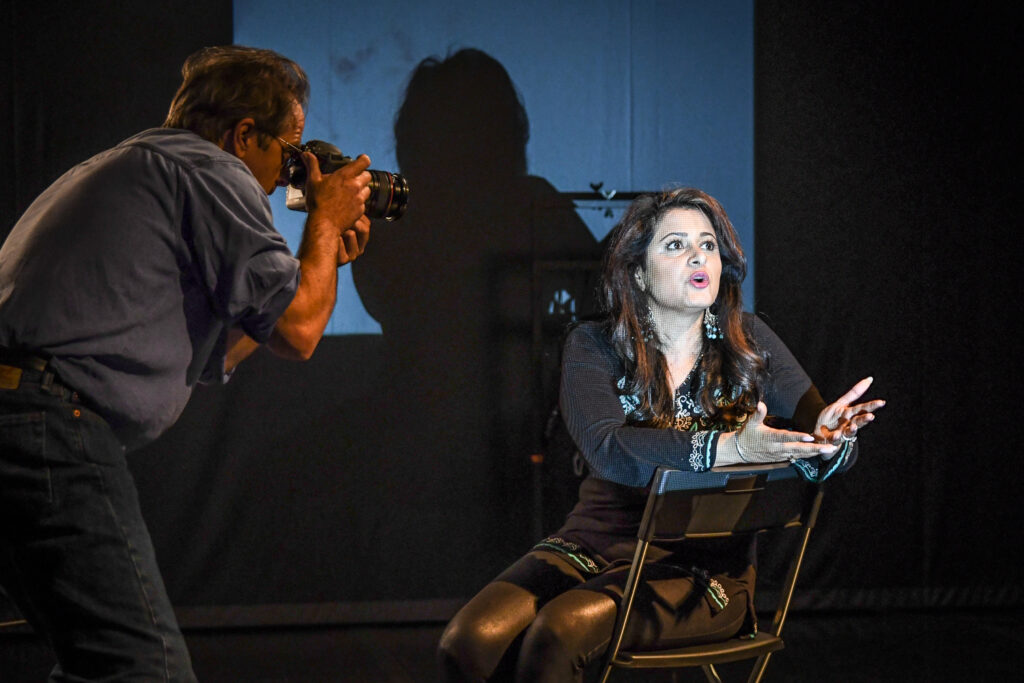We created these two projects in a four-year interval in two distant continents with extremely different groups of people, but that have a lot in common.
vadí-nevadí.cz was created in a very small town in the Czech Republic.
New Bohemia was developed in the small town of Cedar Rapids, Iowa.
The starting situation was quite similar: We had visited these locations for the very first time, not knowing who our collaborators would be. How to handle such a situation? How to meet local people? How to persuade them to work with us?
In both cases we challenged ourselves to find our collaborators on the spot. This means that we started the process without an idea about what the performance will be about and who will be involved. We had to first find our collaborators and then discover the common theme together with them.
Before we went to the small Czech town of Kostelec nad Orlicí, we hoped that we could talk to people on the square, in shops and restaurants, and invite those who were interested to a theatre piece that we would create in the town together. Well, that was not the case. Nobody was interested in engaging in a long conversation with us, let alone creating a performance together. At that point, my colleague Philipp Schenker came up with the idea of building a big party tent in the middle of the square and call it TRAFIKA. “Trafika” means tobacco shop in Czech. In our Trafika, we did not accept money, but stories, in exchange for cigarettes, tea or coffee.

Photo: Jaroslav Hrdlička 
Photo: Jakub Hrab 
Photo: Jakub Hrab
In other words, our initial failure to meet the locals showed us that we needed to offer something first, before asking for something from them. It was a great school of “extreme listening” and overcoming the basic obstacle of mistrust. The first step in any social-specific work is to build trust.
Four years later, we were invited to Cedar Rapids by the Legion Art Center to create a theatre piece based on true stories of old Czech immigrants and people who came to the United States just recently. Our partners in the centre invited people from the neighbourhood to attend our workshop. Many people from many different backgrounds appeared. Contrary to our experience in the Czech town, the Americans expressed an interest in what we were going to do and what our aim was. They wanted to know what the show will be about. We kept answering that we had come without a specific theme, text or stage idea. We had arrived in the middle of the United States to collaboratively discover a common theme with the locals. We wanted no auditions, but a collaborative work to determine what we will do and with whom. So, we put all these excited people in an ambiguous and quite insecure situation.
The next day, only half of the participants showed up. The day after that, even fewer. Finally, we ended up with three Americans: a photographer, a middle-aged lady with Indian origin, and a young guy. Their motivation to stay in the project was my very first material. As their stories unfolded in the group, we started to discover the common theme: Sharing the same homeland.

Photo: Jan Hromádko 
Photo: Jan Hromádko
Key Takeaways:
I always feel that the beginning of the creative process is like planting a seed. You need to be very careful at the start: The soil needs to have the right temperature, the climate should be just ideal, and the seeds should be selected meticulously. Then you should just wait, giving enough time for the seeds to grow. The start of creating a social-specific work is just like this: The beginning requires the most attention and time. The main part of the creation is building trust in your group, so it should be given the time it needs. You need to give your full attention to the existent circumstances and involve the obstacles into the game. You must trust your collaborators and take care of what is born together with them.